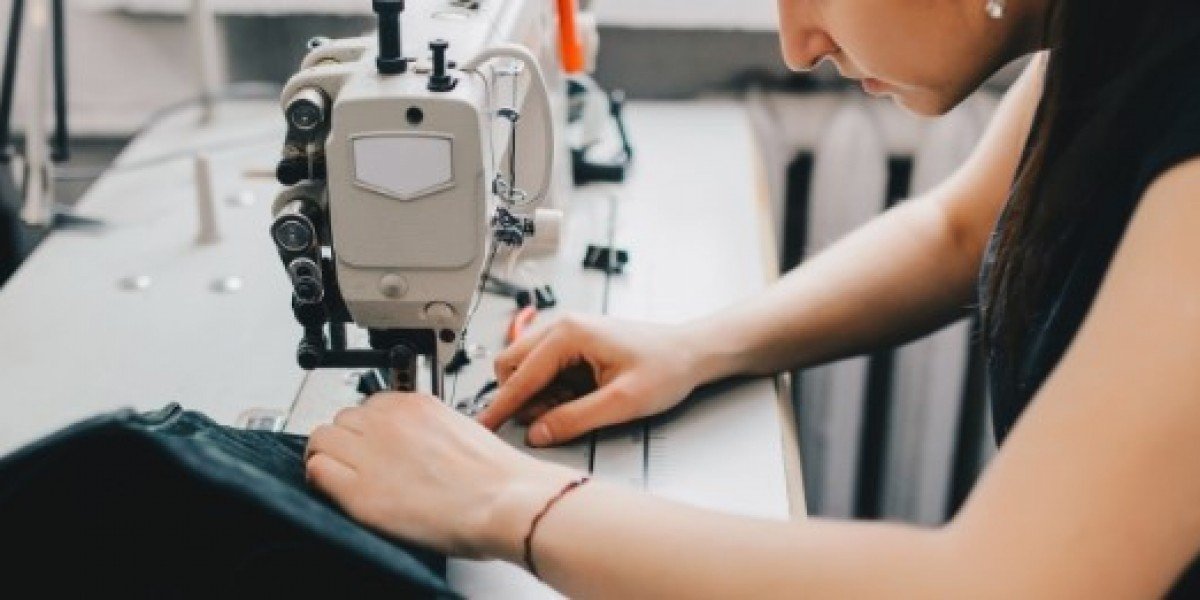In the world of custom embroidery, digitizing is the secret sauce that transforms a simple design into a stunning, stitch-ready masterpiece. Whether you’re a hobbyist, business owner, or seasoned embroidery artist, understanding the art of digitizing can make a world of difference in the quality of your finished product.
In this guide, we’ll explore what digitizing for embroidery really means, why it’s important, and offer pro tips and techniques to help you create perfect embroidery designs every time.
What is Digitizing for Embroidery?
Digitizing for embroidery is the process of converting artwork like a logo, image, or sketch into a digital file that an embroidery machine can read. Unlike regular image files (like JPG or PNG), embroidery machines require stitch data in a specific format (such as DST, PES, EXP, JEF, etc.) to know how, where, and in what order to place stitches.
Digitizing isn't automatic image conversion it requires a blend of technical know-how and artistic skill to ensure that the final embroidery looks clean, readable, and beautifully textured.
Why Digitizing Matters
Many think digitizing is just about software but it’s more than that. The quality of your digitized file directly impacts the outcome of your embroidered design. Poor digitizing leads to broken threads, uneven stitches, puckering, and distorted designs. High-quality digitizing, on the other hand, ensures:
- Clean outlines
- Consistent thread tension
- Proper stitch density
- Fewer production issues
This is why businesses and individuals often turn to expert digitizing services like Digitizing Buddy for professional, precise results.
Essential Tools for Digitizing
To get started with digitizing, you’ll need a few essential tools:
Embroidery Digitizing Software
There are several options available, ranging from beginner-friendly to professional-grade. Popular choices include:
- Wilcom Embroidery Studio
- Hatch Embroidery Software
- Brother PE-Design
- SewArt (great for beginners)
These programs let you import an image, assign stitch types, adjust density, and export to embroidery file formats.
Graphics Tablet (Optional but Helpful)
For those who digitize frequently or handle complex artwork, a graphics tablet helps trace and design with more precision.
Test Fabric & Thread
Always test your digitized file on a sample fabric before stitching on your final piece.
Basic Steps to Digitize an Embroidery Design
Digitizing may sound complex, but it can be broken down into a step-by-step process:
1. Import the Artwork
Start by importing a high-resolution image (JPG, PNG, or vector) into your digitizing software.
2. Clean Up the Image
Remove any unnecessary backgrounds or noise. For best results, simplify the artwork—too many small details can get lost in stitching.
3. Set Design Dimensions
Set the design to the actual size you want to embroider. Stitch behavior changes with scale, so this step is crucial.
4. Assign Stitch Types
Choose appropriate stitch types for different parts of the design:
- Satin stitch for outlines and text
- Fill stitch for larger areas
- Running stitch for fine lines or underlays
5. Adjust Stitch Parameters
Customize stitch density, direction, underlay, and pull compensation to suit the fabric and design complexity.
6. Sequence the Stitches
Order your design elements from back to front and group by color to minimize thread changes and optimize flow.
7. Export to a Machine-Readable Format
Save the file in your machine's format (PES, DST, EXP, etc.) and you’re ready to stitch!
Tips for Perfect Embroidery Digitizing
Here are some expert tips to help you create flawless digitized designs:
1. Focus on Simplicity
The more complex your image, the harder it is to digitize and embroider. Simplify where possible especially for small logos or fine details.
2. Pay Attention to Fabric Type
Different fabrics behave differently when embroidered. For example:
- Light, stretchy fabrics (like knits) need more stabilization and looser stitch density.
- Heavy fabrics (like denim) can handle tighter stitches but need strong underlay.
Adjust your digitizing settings accordingly.
3. Choose Thread Colors Wisely
Digitizing software allows you to assign thread colors. Stick to a practical palette that matches your real-world thread collection to avoid confusion.
4. Test and Tweak
Always run a sample stitch-out before going into full production. Tweak your file based on the results what looks great on screen may behave differently in thread.
5. Learn from Experts
Watch tutorials, take online courses, and follow seasoned digitizers. Platforms like YouTube, embroidery forums, and digitizing communities are goldmines of knowledge.
Common Digitizing Mistakes to Avoid
Even pros make mistakes! Here are a few to watch out for:
- Too much detail in small designs
- No underlay stitching, which leads to puckering
- Improper stitch density, causing thread breaks or gaps
- Wrong stitch angles, making the design look uneven
- Skipping test runs, resulting in wasted materials
By avoiding these pitfalls, you'll save time, thread, and frustration.
Should You DIY or Hire a Pro?
Digitizing can be learned, but there’s a steep learning curve. If you're working on a high-stakes project like custom uniforms, client logos, or large production runs—it’s often best to work with professionals.
Services like Digitizing Buddy offer:
- Affordable rates
- 24-hour turnaround
- Support for all major formats
- Consistent, high-quality digitizing by skilled experts
This is ideal if you need reliable results and don’t want to invest in expensive software or spend hours learning the ropes.
Conclusion
Digitizing for embroidery is where creativity meets precision. Whether you’re digitizing logos, portraits, or artistic designs, the quality of your embroidery begins long before the machine starts stitching.
With the right tools, techniques, and a bit of patience, you can elevate your embroidery game and produce designs that truly stand out. And if you ever need a hand, trusted services like Digitizing Buddy are always ready to bring your designs to life with expert care.


